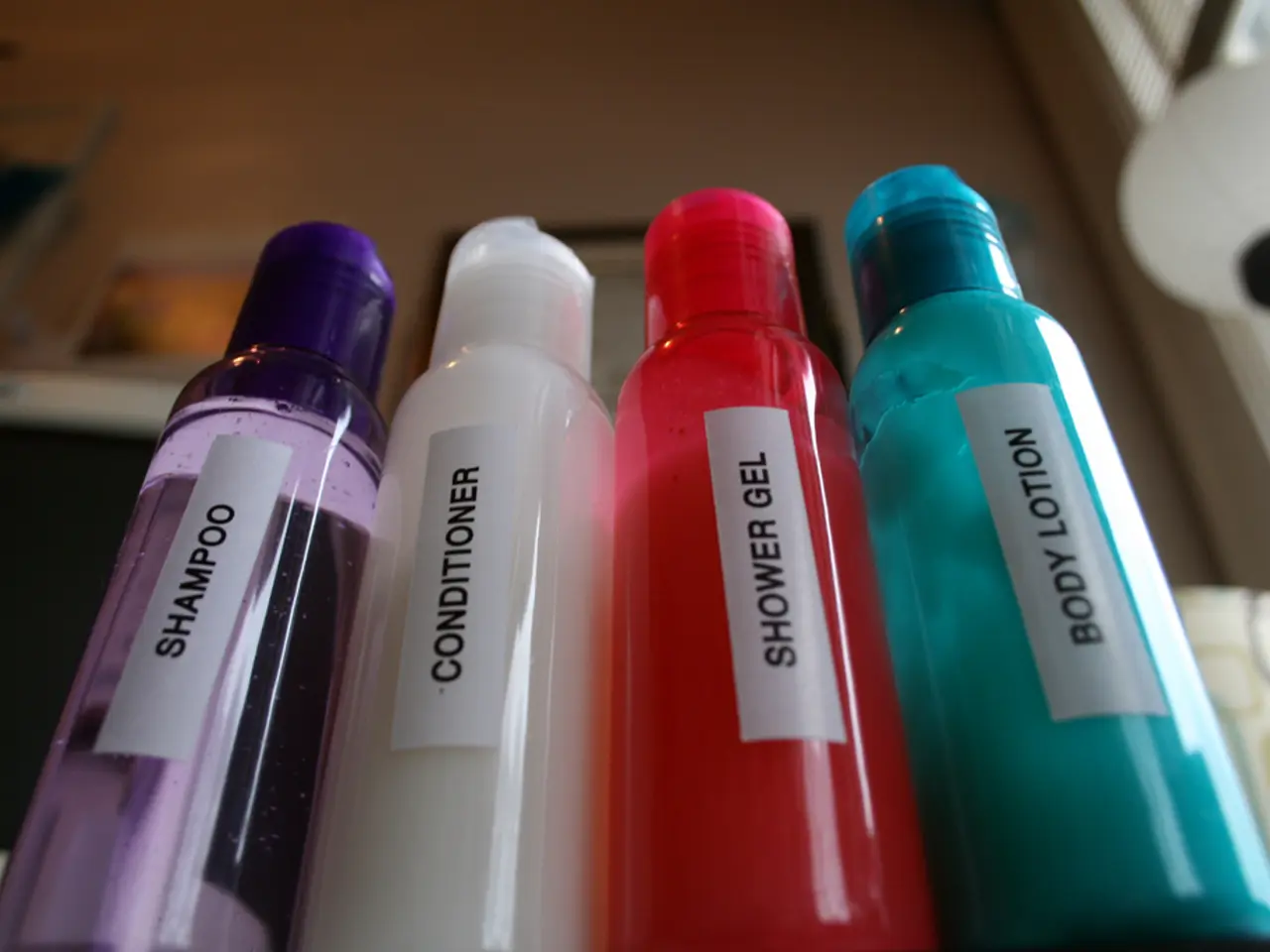Strategies for Exfoliating Delicate Skin: Crucial Guidelines (Number 7 Included)
Caring for Sensitive Skin: A Guide to Gentle Exfoliation
Sensitive skin can be a challenge to manage, reacting easily to various factors such as weather changes, harsh ingredients, or friction. When it comes to exfoliating, a gentle approach is essential to prevent irritation, redness, or breakouts.
Choosing the right exfoliant is crucial. Opt for low-irritation chemical exfoliants with hydrating and soothing ingredients. PHAs (polyhydroxy acids) like gluconolactone and mild AHAs (alpha hydroxy acids) such as lactic acid offer effective but less irritating exfoliation compared to stronger acids or physical scrubs.
Products with calming botanicals, such as oat and coconut, help maintain the skin’s moisture barrier and reduce redness or irritation. Exfoliants that replenish lipids or contain calming agents prevent further sensitivity or dryness.
Exfoliants designed for sensitive skin often allow customization, like Baby Steps’ option to add a few drops nightly or use as a once-a-week gentle rinse-off mask. Gentle, hydrating cleansers without sulfates or alcohol prepare sensitive skin better for exfoliation without disruption.
Examples of gentle exfoliants for sensitive skin include Baby Steps Gentle Exfoliation Treatment (30% PHA gluconolactone and 15% lactic acid) and Dermalogica’s Daily Milkfoliant, which uses oat, coconut milk, and fruit enzymes to calm and soften skin while gently exfoliating.
Over-exfoliating can lead to increased sensitivity, stinging, and unexpected breakouts. To help skin recover after over-exfoliation, apply a cold compress, soothing cream with ingredients like panthenol or centella asiatica, and avoid applying makeup and other potential irritants until skin fully recovers.
When it comes to moisturization, products like Supermello Gel Cream or Super Rich provide hydration while supporting the skin’s barrier. Aloe vera gel helps cool the skin and reduce irritation without leaving a greasy residue.
Sun protection is equally important. Self Reflect Sunscreen is a gentle choice for sun protection.
Remember, patch testing new exfoliating products before full application is crucial to determine if a product is suitable without risking irritation. When skin is already irritated, sunburned, or experiencing flare-ups from conditions like eczema or rosacea, it is best to avoid exfoliation.
In summary, selecting gentle exfoliants for sensitive skin involves choosing low-irritation chemical exfoliants with hydrating and soothing ingredients used carefully alongside mild cleansing practices to maintain the skin’s natural barrier and minimize inflammation.
- For a skincare routine that caters to sensitive skin, opt for gentle exfoliants with calming ingredients like PHAs and mild AHAs to avoid irritation.
- Using exfoliants that replenish lipids or contain calming agents can prevent further sensitivity or dryness on sensitive skin.
- Exfoliants with botanicals such as oat and coconut help maintain the skin’s moisture barrier and reduce redness or irritation.
- To prepare sensitive skin for exfoliation, use gentle, hydrating cleansers without sulfates or alcohol.
- Baby Steps Gentle Exfoliation Treatment is an example of a gentle exfoliant for sensitive skin, containing 30% PHA gluconolactone and 15% lactic acid.
- Over-exfoliating can cause increased sensitivity, stinging, and unexpected breakouts, so it's important to help skin recover with a cold compress, soothing cream, and avoiding makeup or other potential irritants.
- Moisturizers like Supermello Gel Cream or Super Rich can provide hydration while supporting the skin's barrier, and aloe vera gel helps cool the skin and reduce irritation.
- Sunscreen is equally important in caring for sensitive skin, with Self Reflect Sunscreen being a gentle choice for sun protection. In sketching a skincare routine, remember to patch test new exfoliating products for safety.




